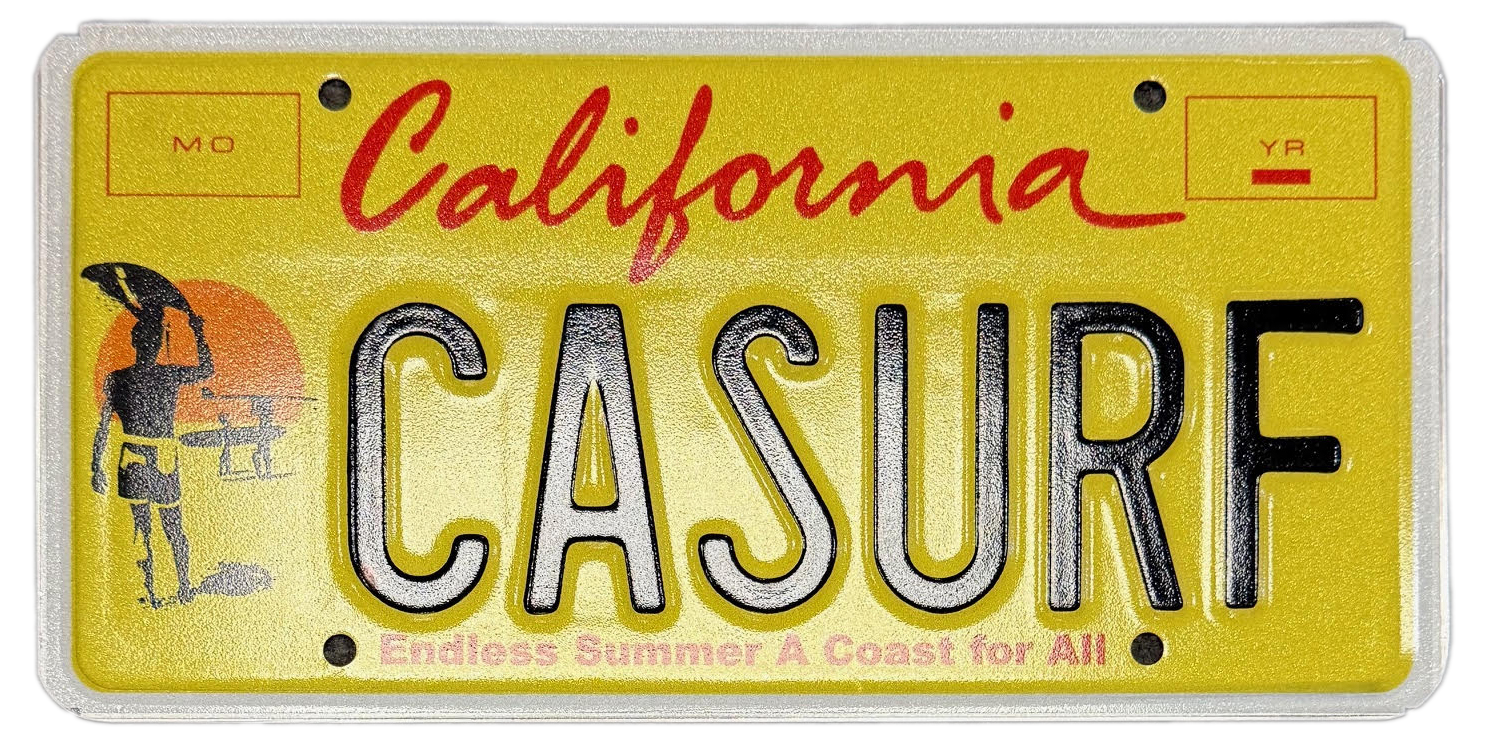|
Dana Point homes surround the Pacific Ocean like an amphitheater. It’s no wonder much about the town’s character and its economy focuses on the ocean and the marine life that migrates past its doorstep for months on end each year. A year ago it was trademarked the Dolphin & Whale Watching Capital of the World and now it has been designated the first Whale Heritage Site in North America by the United Kingdom-based World Cetacean Alliance. The designation, in which the group partnered with U.S.-based World Animal Protection nonprofit, recognizes the seaside town as a spot where cetaceans – the scientific name for whale, dolphins and porpoise – are embraced in the local culture, economics, politics and social fabric of the community and where people and cetaceans coexist respectfully. “This designation distinguishes Dana Point as a beacon for tourists to select this as a sustainable travel destination,” said Ben Williamson, programs director for World Animal Protection. “I think this adds credibility,” he said. “It includes serious community involvement, economic importance and a look at the way whales impact the area’s heritage.” The designation was created in 2015. Two other sites, Hervey Bay in Australia and The Bluff in South Africa, both won certification in October 2019. Tenerife, Spain, will become the first Whale Heritage Site in Europe. “When they explained the criteria, I said we’re the perfect location,” said Gisele Anderson, who with her husband, Dave Anderson, operates Capt. Dave’s Dolphin and Whale Safari out of the harbor. “We have history, education, saving of animals. We’re really excited because now Dana Point has set the bar.” And Dana Point’s Festival of Whales is the world’s first and longest-running whale festival, it is scheduled this year for March 6/7, 2021 Hundreds of thousands of people every year make their way to the annual two-weekend-long event started by the “father of whale-watching,” Don Hansen, who with Philip Grignon, a high school teacher, opened the first whale and dolphin watching charter in a small trailer when the city’s harbor opened in 1971. It was a way to teach students about the migrating gray whales. Hansen is Kalez’s father. Since its early days, the festival has included whale lectures and information on the town’s history with whales – both of which continue to be part of the event that celebrates its 50th anniversary in March. Anderson had worked with Donna Kalez, who operates Dana Wharf Sportfishing and Whale Watching, to get the city its new trademark and then when approached by the World Cetacean Alliance after that success they partnered to earn it the Whale Heritage Site designation that was officially announced Wednesday, Jan. 27. They had been notified Jan. 7. “I’m so proud of myself and Gisele for getting this done,” Kalez said. “It finally brings us the recognition we’ve been trying to get for so long.” Despite Dana Point’s breathtaking coastline, the selection is not based on geography or its visual splendor, organizers said. “You could be in the best place in the world, but if you’re not acting responsibly or sustainably, you wouldn’t fit the criteria,” said Ben Williamson, programs director for World Animal Protection. Still, the Headlands, a towering cliff outcropping overlooking the Pacific Ocean, has been identified by experts as a navigational point for gray whales charting their course from the Bering Sea in Alaska to the warm lagoons of Baja Mexico, where they mate and give birth. A platform at the Dana Point Nature Interpretive Center allows people on land to get glimpses of the passing behemoths and pods of hundreds and thousands of leaping dolphins. Bryon Ward, president of Burnham-Ward Properties, which is building the $440 million renovation for the 66-year lease with Newport Beach-based Dana Point Harbor Partners, which is presently underway with the renovation project that includes reconstruction of the commercial core and the east and west marinas, two new hotels and fully rebuilt docks, said marine education is a key pillar in the harbor’s history and future. The company is consulting with marine biologists and artists to create additional educational exhibits and whale-related public art installations, he said. “With this designation, we know that even more visitors will depart on their whale watching adventures from Dana Point Harbor,” Ward said. “As we further revitalize the harbor, we will instill the importance of education, conservation and viewing whales in their natural habitat.” The behemoth mammals are so much a part of Dana Point’s everyday life that Anderson and Kalez have created charts for their boat captains to document when special animals make another appearance. There is Patches, a bottlenose dolphin colored in pink, white and black blotches that has been dubbed the “West Coast’s most famed dolphin.” The animal is so popular that his sightings typically spark celebration and curiosity. “I was out by myself three months ago with a group of bottlenose dolphins,” Anderson said. “I saw Patches and it feels like an old friend. It’s joyful because you know the animal is still doing well. It’s a sign of hope and a reminder that our environment is not as bad as we’ve been told.” But, Patches is not the only famous animal. There’s also Casper, an albino dolphin. There are humpbacks known as Twitch, Flicka and Chalkboard. Notcho, Delta, Curley, Hook and Kink are among the recognized blue whales– the largest animals that have ever existed and there is Scarback, a gray whale. Each animal is significant and has a story and connection to the waters around Dana Point. Both charter companies provide naturalists aboard to educate the passengers on animal conservation. They also do their best to help with education and collaborate with the nearby Ocean Institute, also located in the Dana Point Harbor. Both are certified by the cetacean alliance as a responsible whale watch charter meaning they operate at the highest standards for the animals and their passengers. For Barbara Johannes, president of the Dana Point Historical Society, the Whale Heritage Site distinction brings more responsibility. Dana Point is named for Richard Henry Dana, Jr., who detailed his experiences and those of other sailors in 1834 in his book, “Two Years Before the Mast.”
“It is our inherent responsibility to promote a safe cetacean habitat along our coast for the benefit of present and future generations,” she said. “I think Richard Henry Dana Jr. would be pleased.”
1 Comment
Robert W Hulvey
1/21/2022 10:12:15 am
It's 2022! Any update??
Reply
Leave a Reply. |
blogArchives
May 2025
Categories
All
|
Funding from this plate will be directed to programs that promote coastal access, make coastal lands welcoming to all, and increase opportunities for coastal enjoyment.





